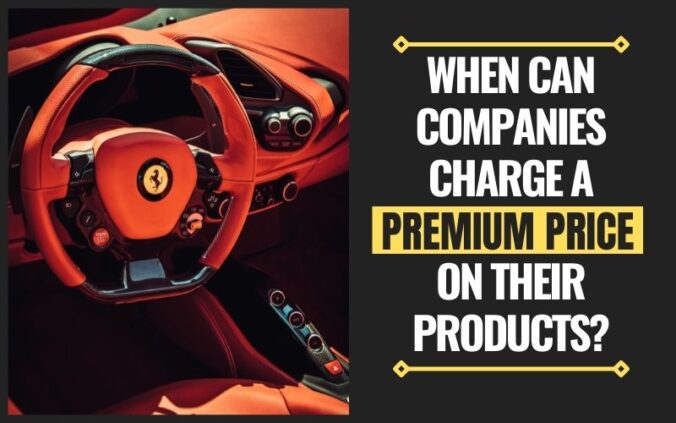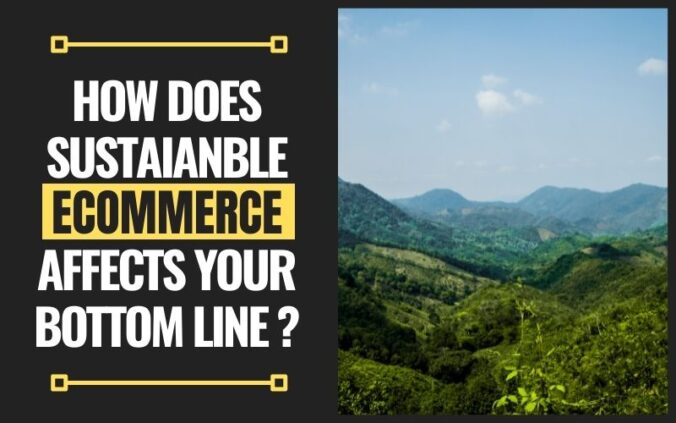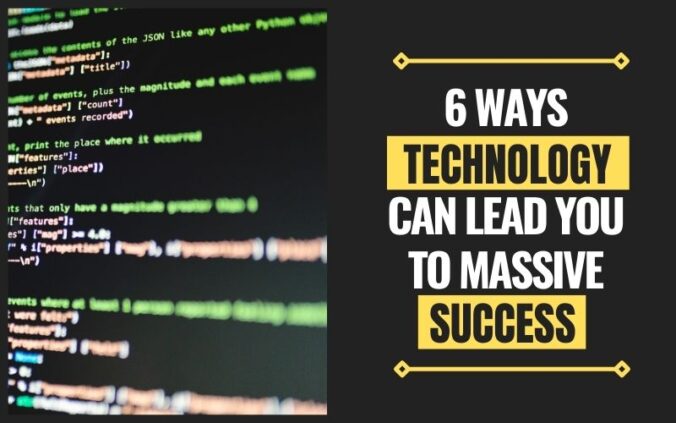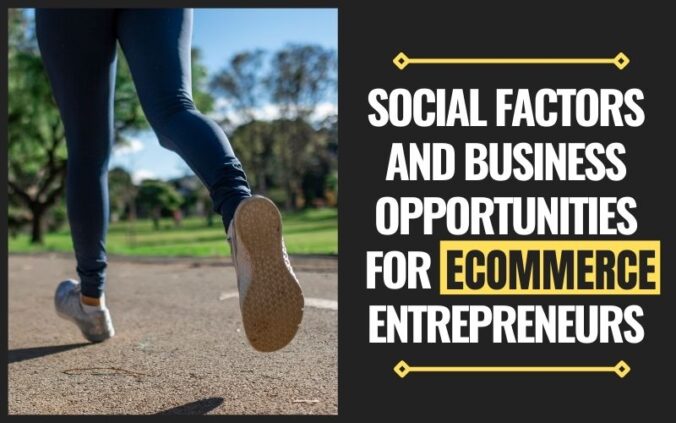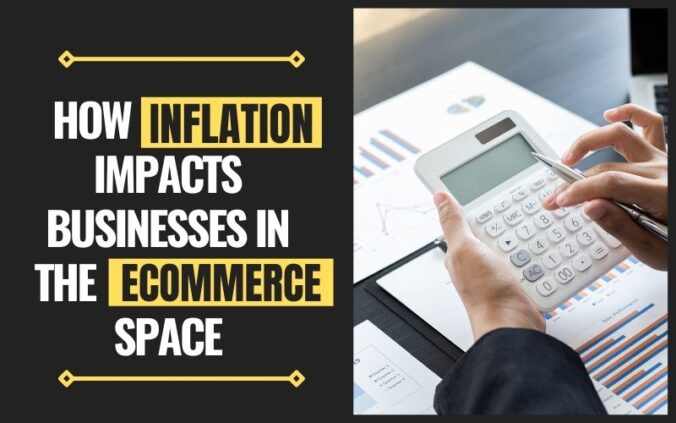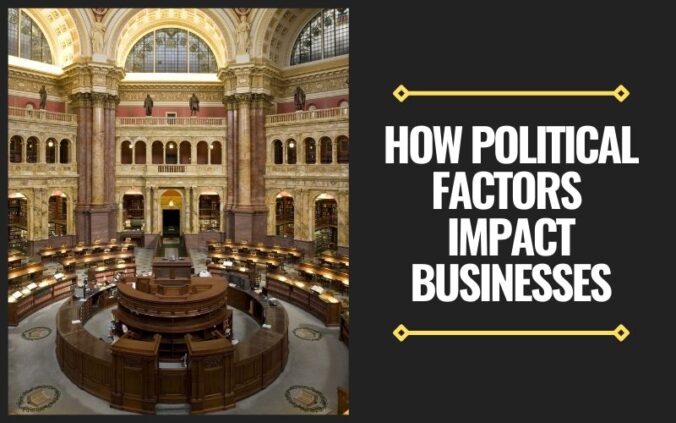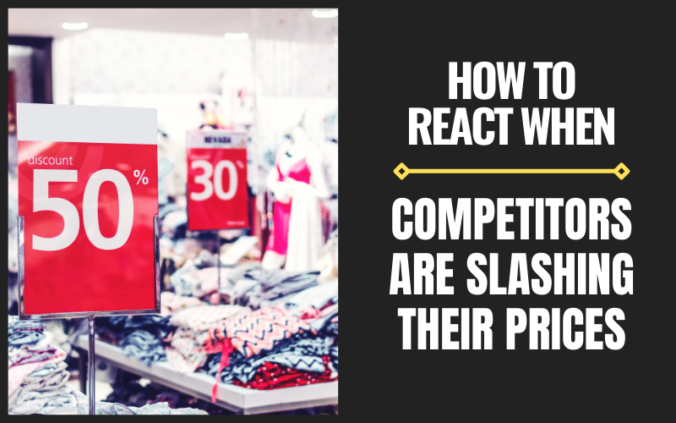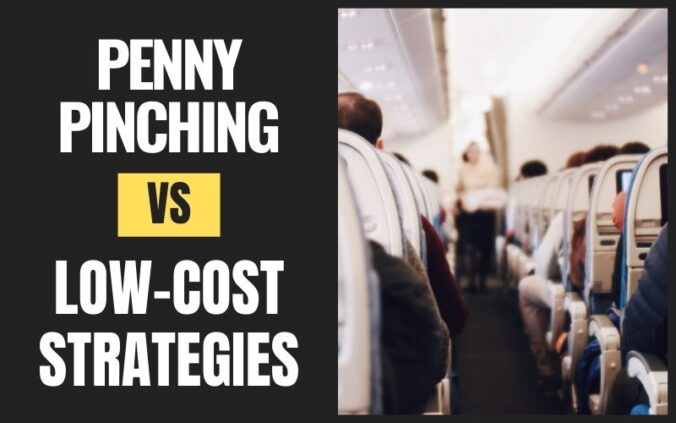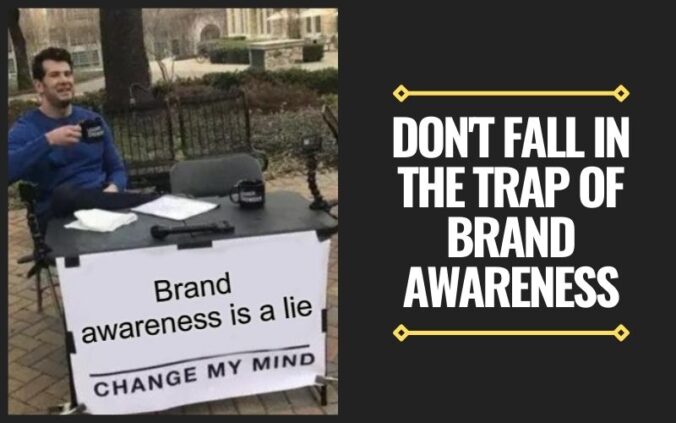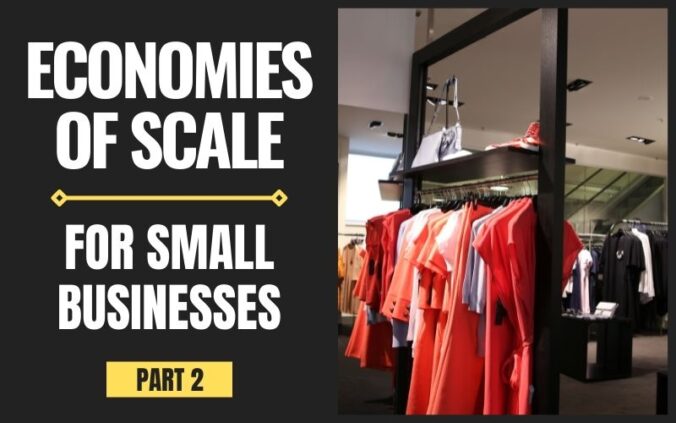Premium means more than just good quality.
I remember going out with this girl a couple of years ago. She was really into fashion and always wore a stylish outfit. In a conversation, she was very excited to tell me that she was carrying her rare Louis Vuitton purse that day and the story behind that purchase. I know absolutely nothing about fashion, but I know these are not cheap. Sure, her purse looked good. But why was she so excited about it? Was it because of a unique design? Or extremely high-quality materials? What justifies the four-figure price tag?
Continue reading